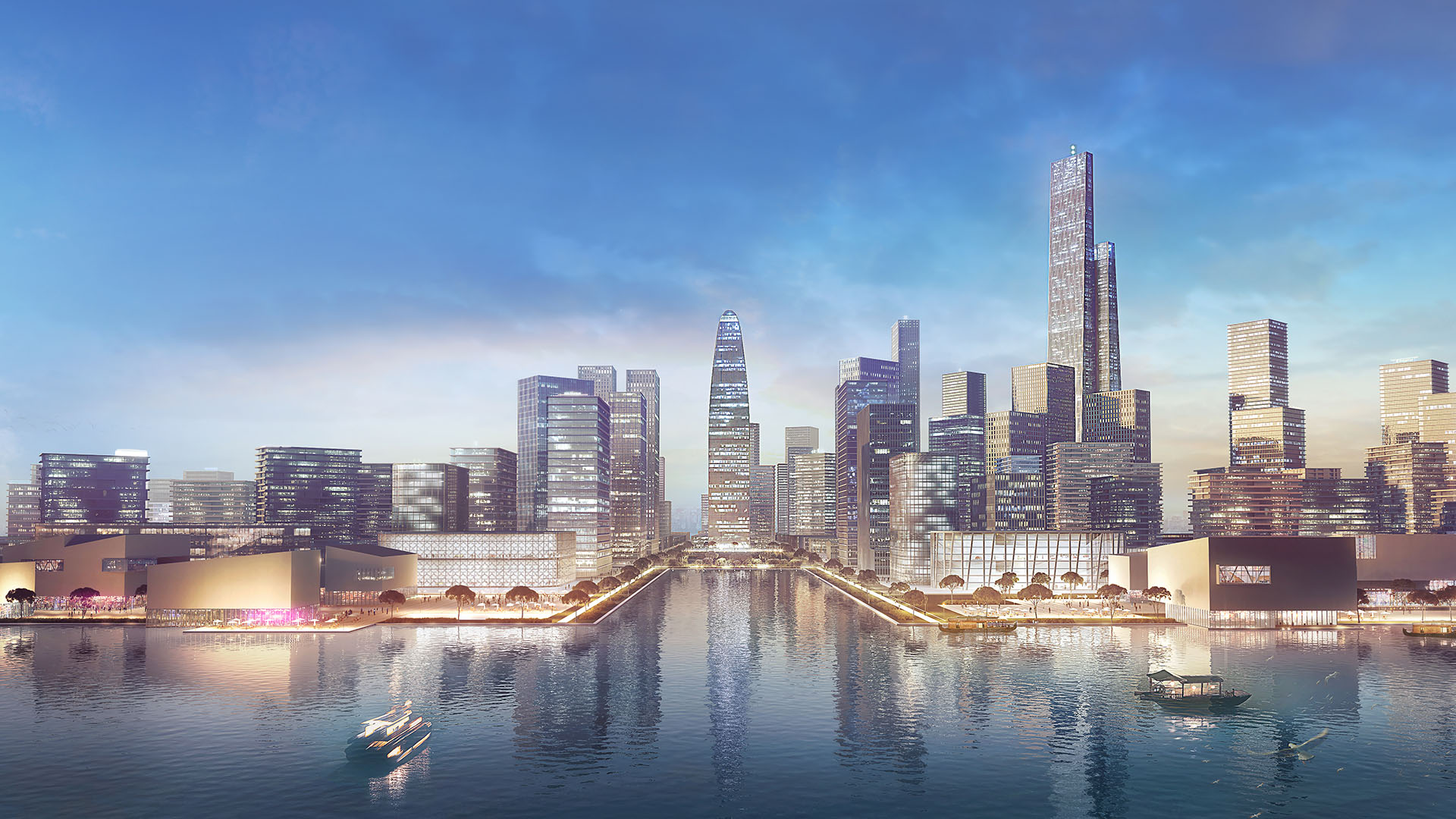


Urban Planner
Parametric Designer
Chengdu, Sichuan, China
21 000 000 m²
Luc Néouze
Eric Le Khanh
I was part of an international team at Arep.fr in Beijing when the Sichuan province governor announced a competition for a new district on Chengdu. After preliminary eliminations, 10 international consortiums were selected to take part in the competition. My office was successfully selected, therefore we began preparations and research to start competition when all details were available. I was only architectural design with parametric skill in the whole team, it is why my responsibilities since the beginning of the project were slightly different.
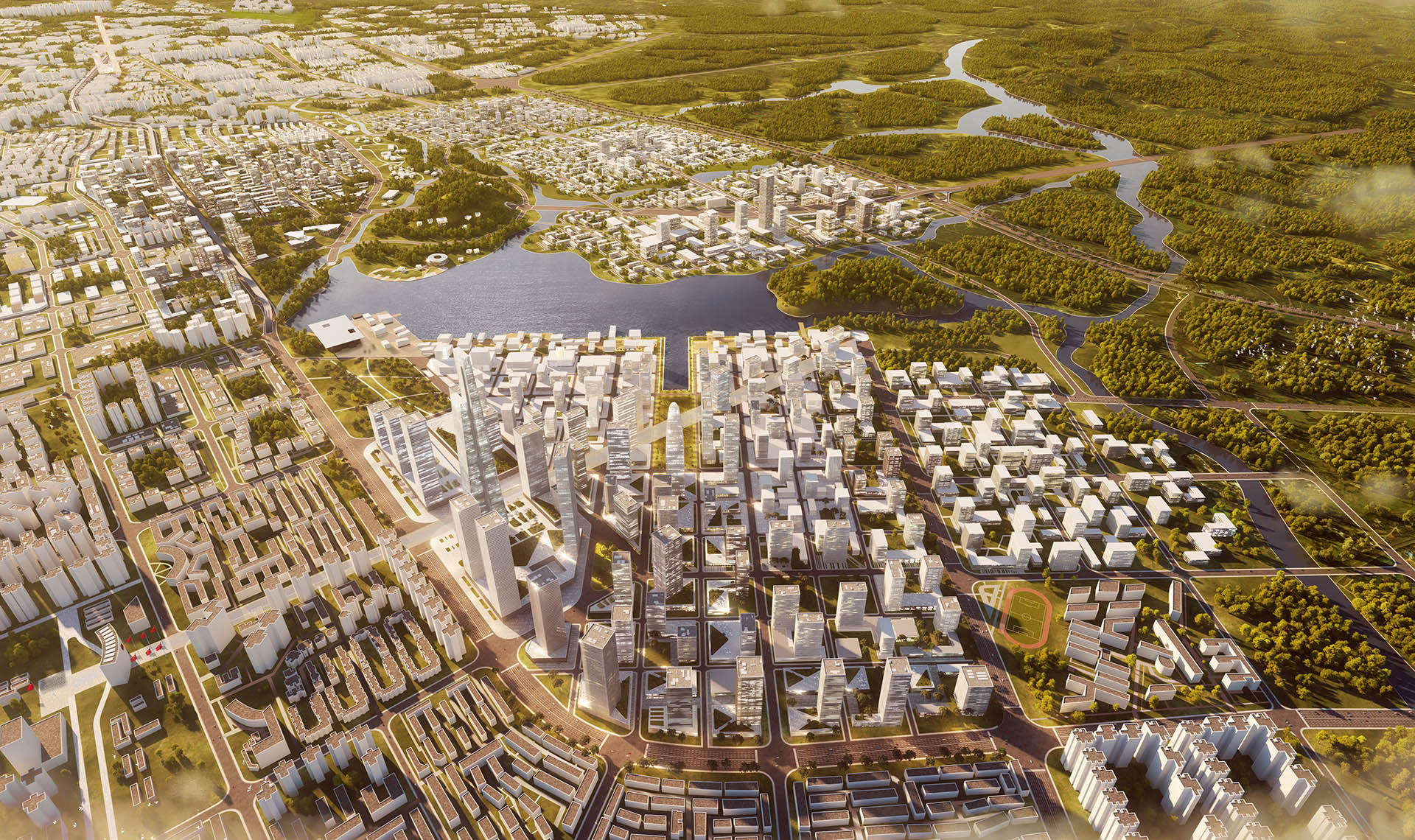
A bird-view of the proposed conception.
It is typical for projects following Waterfall Methodology to start slowly and to become increasingly speedy as a deadline approaches. This time I my intention was to reverse this tendency. In every architectural project, there are many simple, time consuming tasks that repeat in every iteration of the design. I started the project by researching those tasks.
“If I had five minutes to chop down a tree, I’d spend the first three sharpening my axe.”
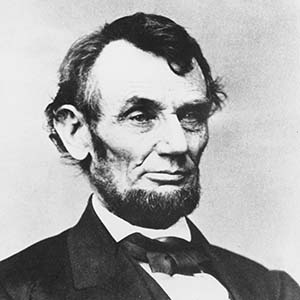 Abraham Lincoln
Abraham Lincoln
After the tasks were identified I started to plan a scripting library and thinking how optimize workflow between different groups of designers.
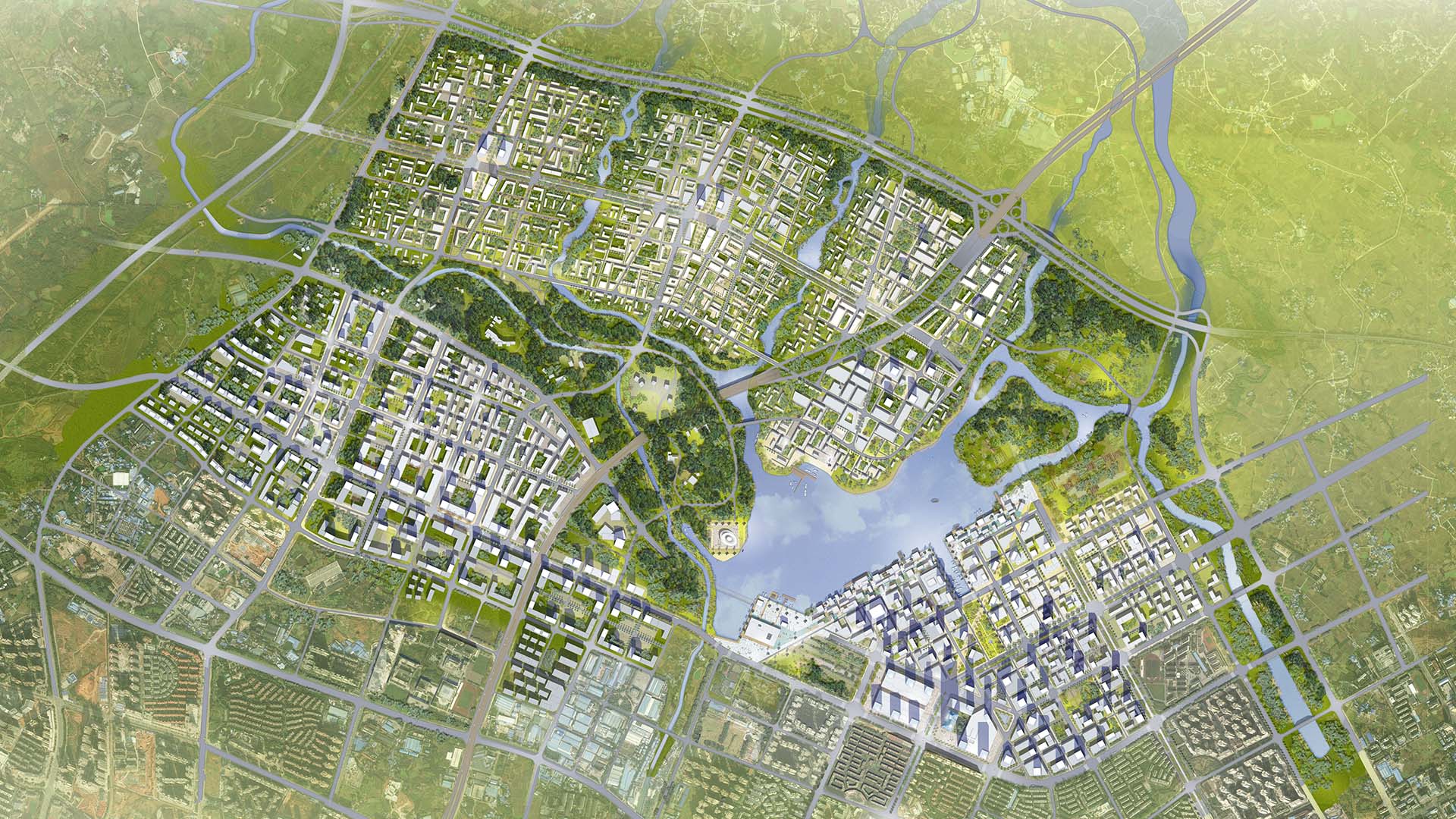
Incorporating water into city structure was the key point of the design proposal.
It took me approximately three weeks to build a beta release of the scripting library. It allowed our team to generate for example area charts, calculate FAR, GFA for 21 000 000 m² in the blink of an eye. Additionally, it allowed to randomly generate 3D models of facades of the whole district in seconds. It allowed our team to have a precise feeling of space and saved hundredths of hours of reparable work.
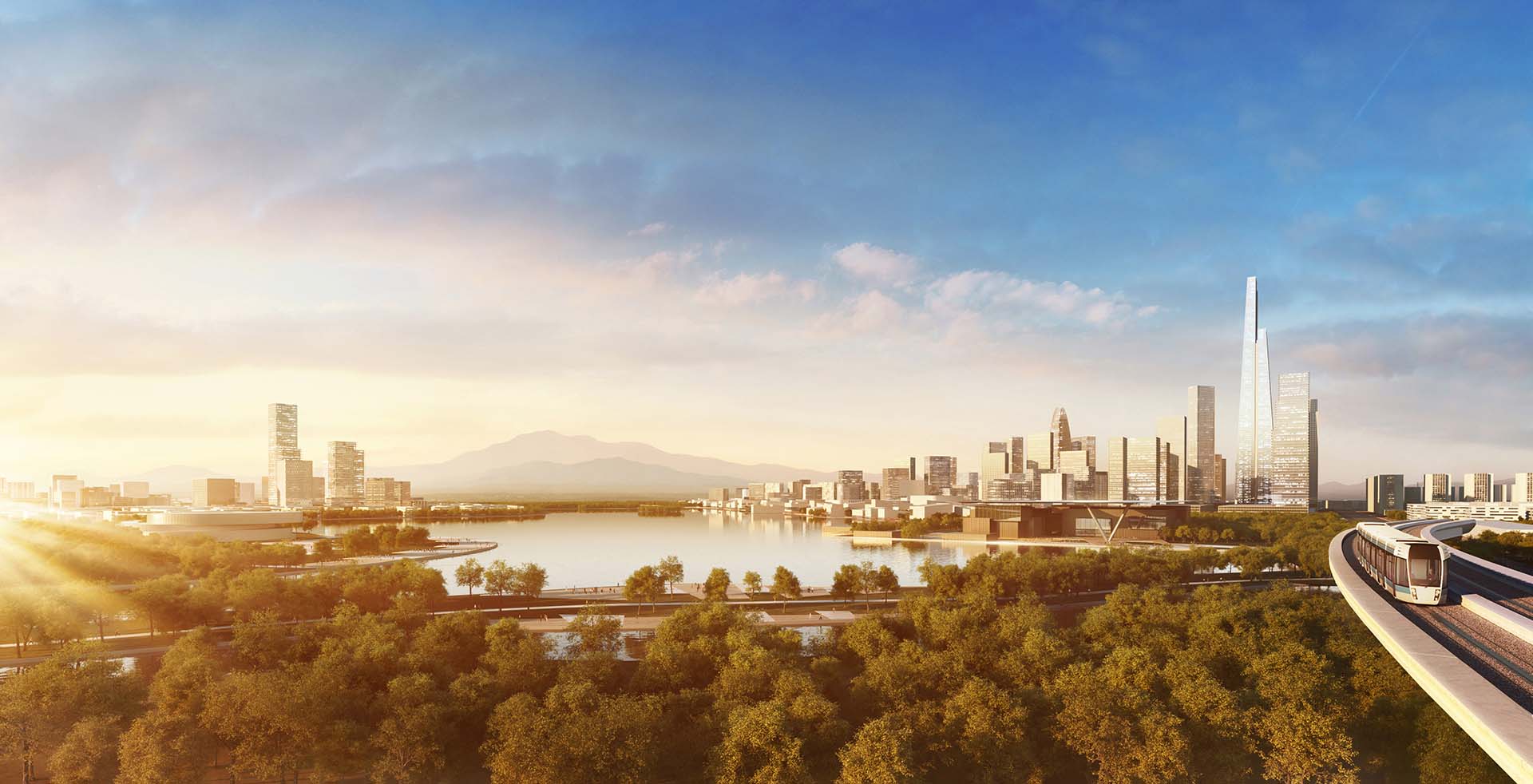
A view from the western side of artificial lake, presenting residential district on the left and CBD on the right side.
As a result, our team had more time to focus on research and real creative work instead of repeating and constantly recalculating project requirements. The greatest success, however, was that our proposal won the first prize in the competition. The contract was signed to provide detailed construction drawings for urban structure. It is common in China that the company winning urban planning competition also receives commissions for public buildings located inside the project area. This will provide steady streams of projects for at least two decades to come, and millions of Chinese RMB in design fees.
The scripting library was a great success in the office, therefore after the competition, I was asked to fix a few existing bugs, and to provide an extended version. It was used by the AREP team in many successful urban planning projects that followed great success in Chengdu.
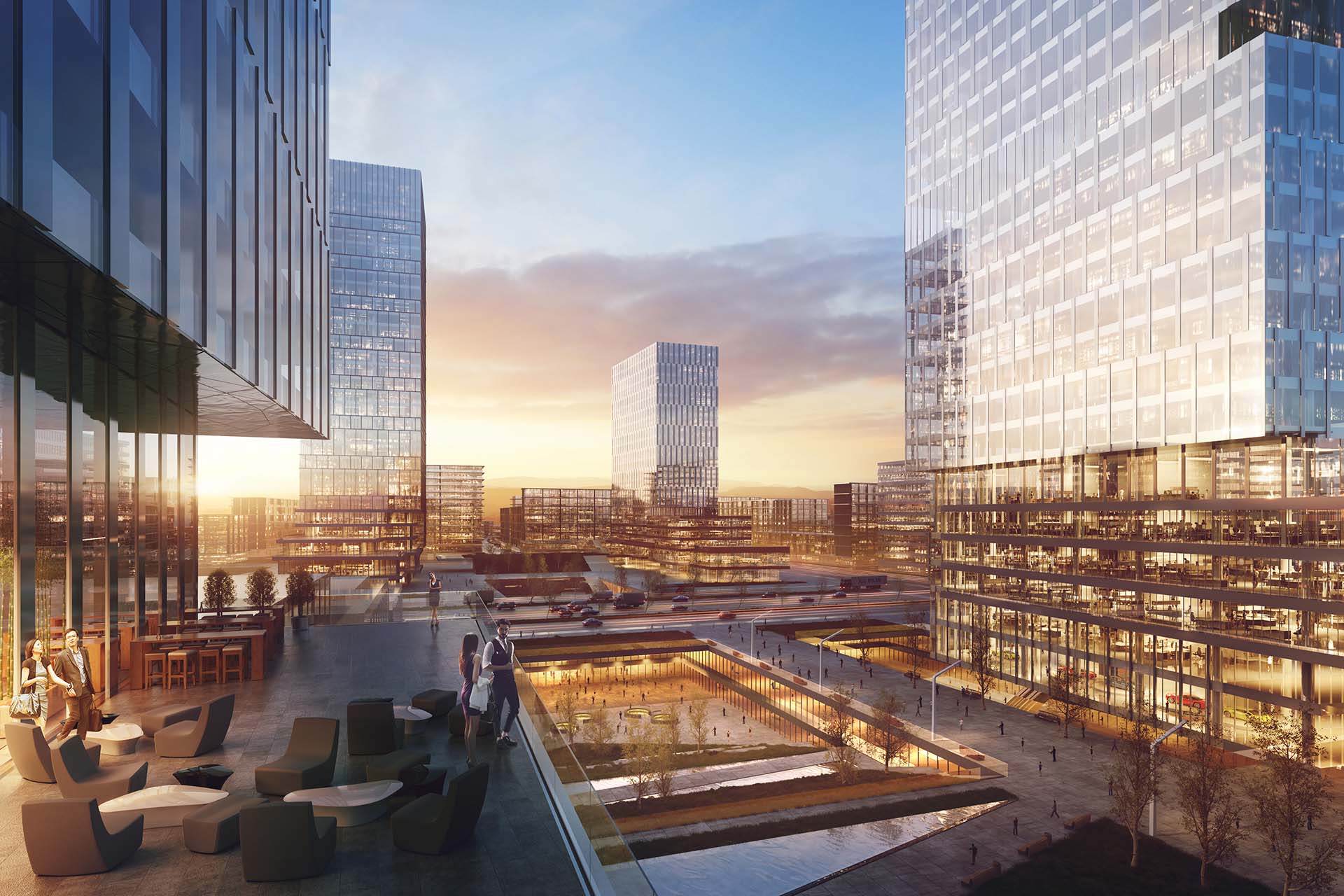
A local city center in residential district, incorporating sunken plazas leading to subway hub.